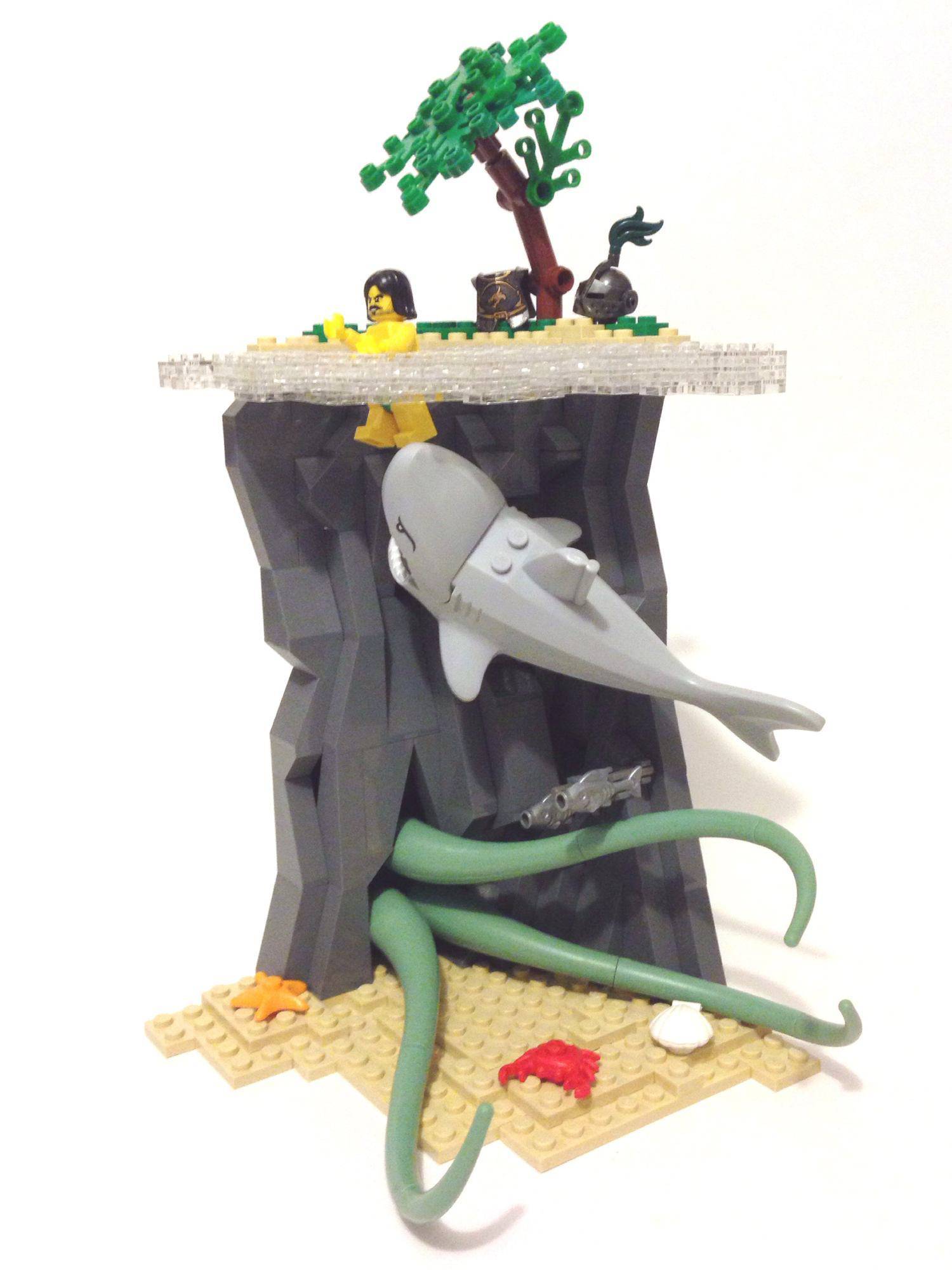Have you ever ‘lost’ a client?
Not in the sense that you did a bad job at a project (be honest, it happens to everyone, including me) but you did a great job for a client. But you check out the site a few years, or maybe even a few months, later and see that the site has been totally reworked and they didn’t talk to you?
Are you starting out and doing cold calls to get work? How many times have you heard the word NO today, then? Probably lots and you’ve got some more coming.
Do you have an existing client who asked for more work but when they found out the cost they didn’t move forward with it? That’s a NO as well.
NO happens
You’re a salesperson, not just a developer or designer or photographer. You choose to run a business, so you’d better just deal with the reality that you’re in sales now.
That means that you’re going to hear the word NO.
How you deal with the NO is critical to how successful you’re going to be in the long term.
When that client doesn’t stay with you how do you talk to yourself?
- Is it all your fault?
- Is the client just mean by looking for cheaper work?
- Is it not the ‘right time’ for them to work with you?
Did you know that only one of those explanations is used by top sales people? The people who keep going and keep making sales. Can you guess which one?
It’s the final one.
The response to a cold call rejection would be something like: “It wasn’t the right time for them to purchase.”
If it isn’t the right time for a client to work with you, or you’re currently not the right fit, then what do you do? I put those in my follow-up stream in Contactually.
Explanatory Style
Now we’re actually talking about the psychology behind great sales people, and happy people, actually. One of the key predictors of both types of people is their explanatory style, or how they explain the future to themselves.
The good salesperson/business owner, when dealing with rejection, uses language that describes the behaviour of the rejection as a temporary thing. Rejection of a sale doesn’t mean there’s something permanently wrong with you at all, but rather you’re dealing with a state of affairs that is transitory.
Now I’m in no way suggesting that you make a habit of explaining away rejection. It’s certainly possible that your sales process or your service offering is actually flawed and you aren’t selling because it’s a terrible purchase.
I am saying that you should expect some rejections when you sell.
You should expect clients to say no because they can’t see the value, even though you put together an awesome presentation and clearly defined how you can help them.
You should expect clients to…well, simply be cheap.
You should expect clients to feel that you’re not the right fit for them.
Don’t let these experiences get you down, but realize that these occasions are a temporary state of affairs. We all have slow times — yup, even me — but the real difference between me and many small business owners (besides the fact that I save money) is that I’m confident in the value I offer, and realize sometimes I’m not the right fit for a client.
The whole point of my client process is to weed out clients that aren’t a great fit.
When you get a few rejections in a row, remember you’re awesome and can bring great value to your clients.
If you’re getting rejections for every proposal for months, then by all means ask someone to go over your sales process and proposals with you. That second set of eyes may help you identify what you’re doing wrong.
Typically you’re still awesome and something in your process is just ‘off’ a bit.
photo credit: 38446022@N00 cc

2 responses to “The Winning Strategy for Top Sales People”
I don’t know why but anytime a client moves on to another developer or another service without coming to me and trying to make it work with me I take it very personally. I feel like a sense of betrayal and dismay whenever I find out and those “No’s” definitely hurt more than a new potential client giving me a No.
Totally understandable since there is a relationship there already and it feels like the relationship is now broken.